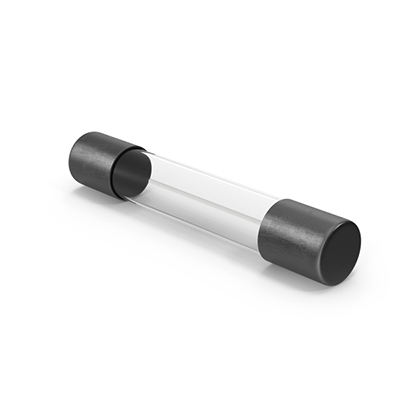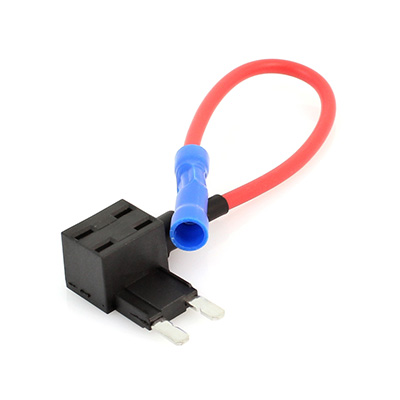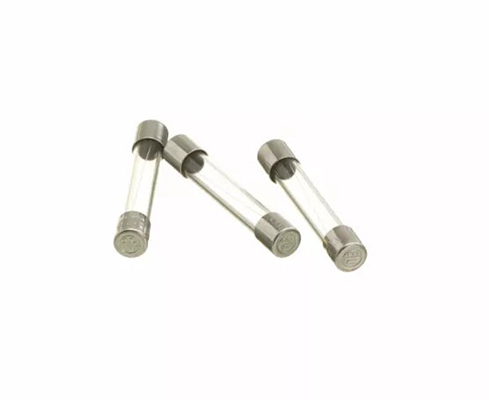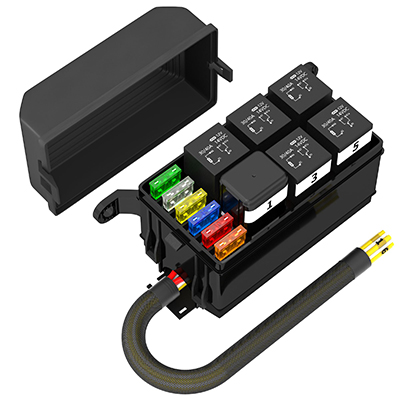Glass Fuse Replacement for Car Audio Systems
News 2025-10-27
Glass fuses play a critical role in protecting car audio systems from electrical overloads and short circuits. These small, transparent components are essential for ensuring the longevity and reliability of your vehicle’s sound setup. In car audio applications, glass fuses are preferred for their ability to handle high currents while allowing easy visual inspection of any damage. Replacing a faulty glass fuse can restore functionality quickly, preventing potential damage to amplifiers, speakers, or wiring. Understanding the replacement process helps maintain optimal performance and safety in automotive electronics.

Identifying When Replacement is Necessary
Common signs that a glass fuse needs replacement include a blown fuse, indicated by a broken filament visible through the glass, or system malfunctions such as no sound output or intermittent audio issues. In car audio systems, fuses often fail due to power surges from bass-heavy music or faulty connections. Regular checks during maintenance routines can catch these problems early. Performance advantages include enhanced circuit protection, as glass fuses offer precise current ratings and quick response times to overloads, reducing the risk of fire or component failure in high-demand scenarios like long drives with loud music.
The Replacement Process
To replace a glass fuse, first locate the fuse box, typically found under the dashboard or in the engine compartment of your vehicle. Use a fuse puller or needle-nose pliers to remove the old fuse carefully. Inspect it for damage and compare it to the new fuse to ensure matching amperage ratings, which are crucial for system compatibility. Insert the new glass fuse securely and test the audio system to confirm proper operation. This method highlights the performance benefits of glass fuses, such as their durability in automotive environments and ease of verification, making them ideal for enthusiasts customizing their car audio setups.
Frequently Asked Questions
1. What are the common amperage ratings for glass fuses in car audio?
Glass fuses in car audio systems typically range from 5 to 30 amps, depending on the component’s power draw; always match the original rating to avoid damage.
2. Can I use a ceramic fuse instead of a glass one?
While possible, glass fuses are often better for car audio due to their transparency for easy inspection, whereas ceramic fuses may not allow visual checks as effectively.
3. How often should I check the fuses in my car audio system?
Inspect fuses every six months or after any electrical issues, ensuring they contribute to the system’s reliability and performance in various driving conditions.


